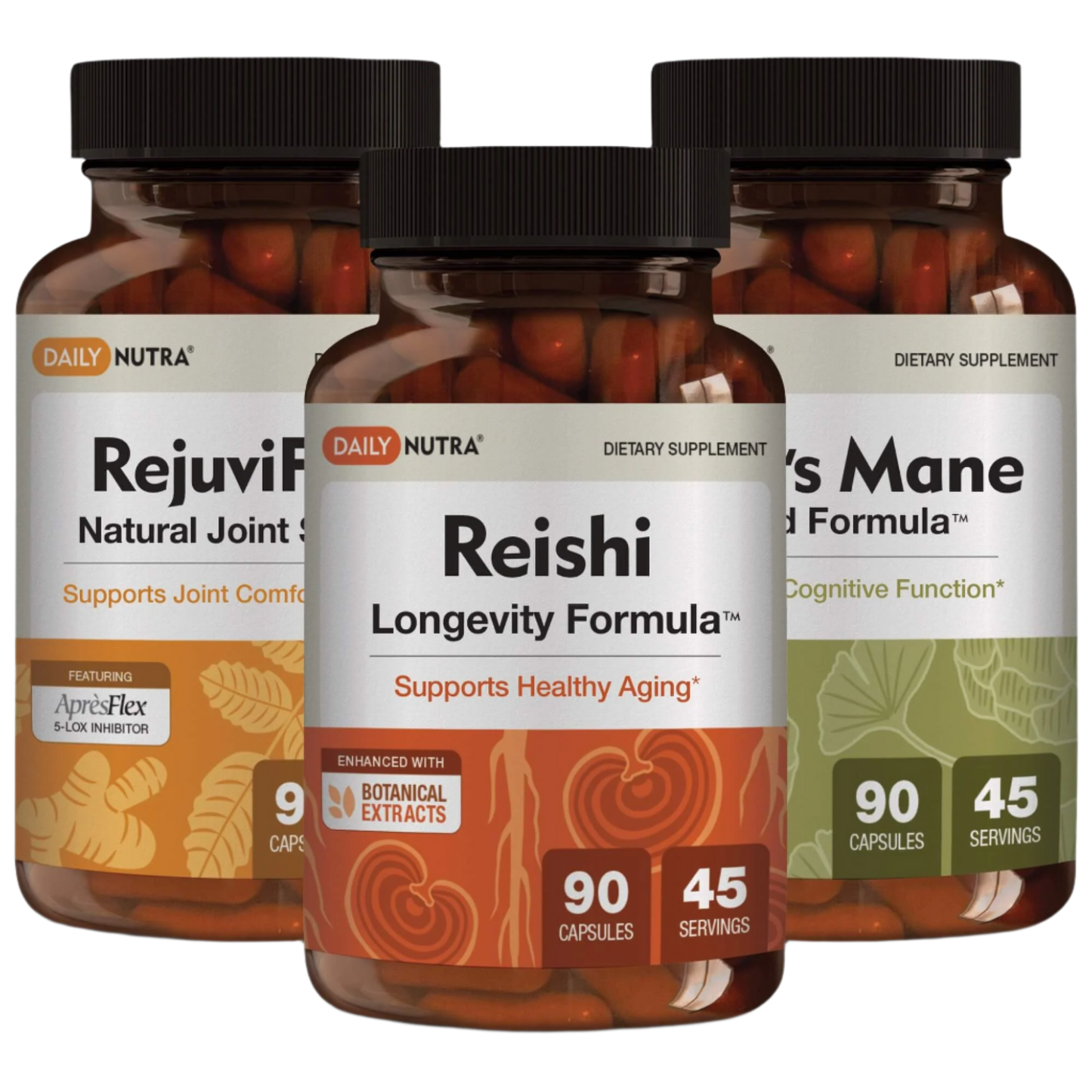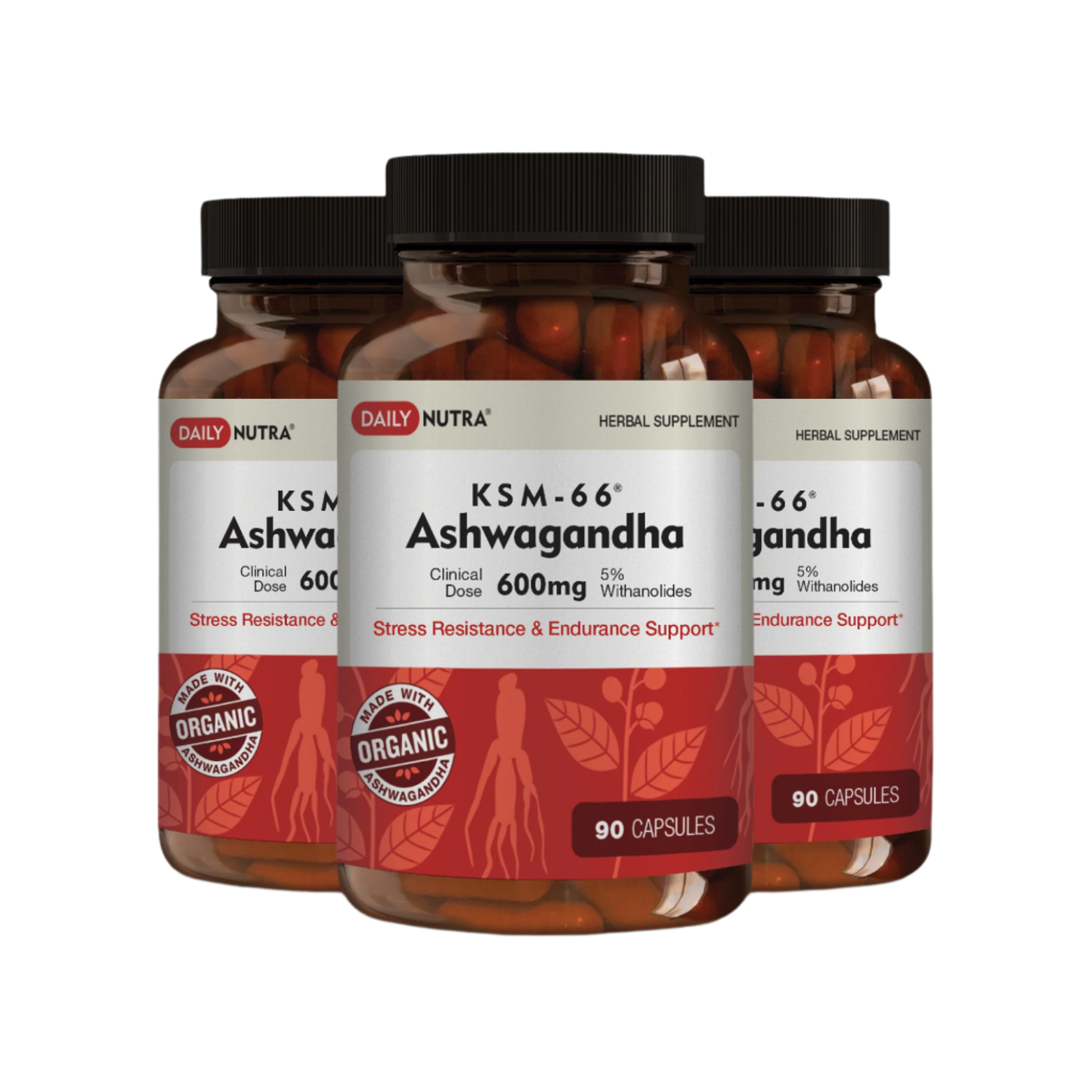Abstract Summary
Objective
To identify the safest and most effective methods for quickly reducing elevated blood pressure in both clinical and non-clinical settings.
Methods Used
Approach
A narrative review was conducted using current literature from PubMed, ScienceDirect, and authoritative clinical resources including Mayo Clinic, Cleveland Clinic, and the National Institutes of Health. The focus was on interventions demonstrating measurable reductions in blood pressure within minutes to days, including acute pharmacologic therapies, short-term lifestyle strategies, and relaxation-based techniques.
Data Collection
Data were extracted from clinical trials, meta-analyses, and medical guideline summaries evaluating systolic and diastolic changes, time-to-effect, and associated adverse outcomes. Studies on both hypertensive emergencies and moderate, stress-related elevations were considered to differentiate between clinical contexts requiring immediate intervention and those manageable by non-pharmacologic means.
Researchers’ Summary of Findings
Impact on Health
In emergency settings, intravenous antihypertensives such as nitroprusside or labetalol can lower blood pressure within minutes under strict medical supervision. In non-emergency cases, deep breathing, lying flat, and relaxation can modestly reduce systolic pressure within 10–15 minutes by lowering stress hormone activity. Dietary changes—particularly reduced sodium and adherence to the DASH diet—produce measurable effects within 1–2 weeks. Rapid lowering outside medical supervision is discouraged due to risks of hypoperfusion or rebound hypertension.
Health Implications
Gradual reduction remains safest. Immediate strategies such as rest, hydration, and stress control can provide temporary relief, while sustained management through diet, exercise, and medication ensures long-term stability.
Sustainability
Lifestyle-based interventions are low-cost, sustainable, and effective for maintaining blood pressure control without dependence on pharmacologic rescue.
DOI
10.1016/j.cardiovascres.2025.00841





